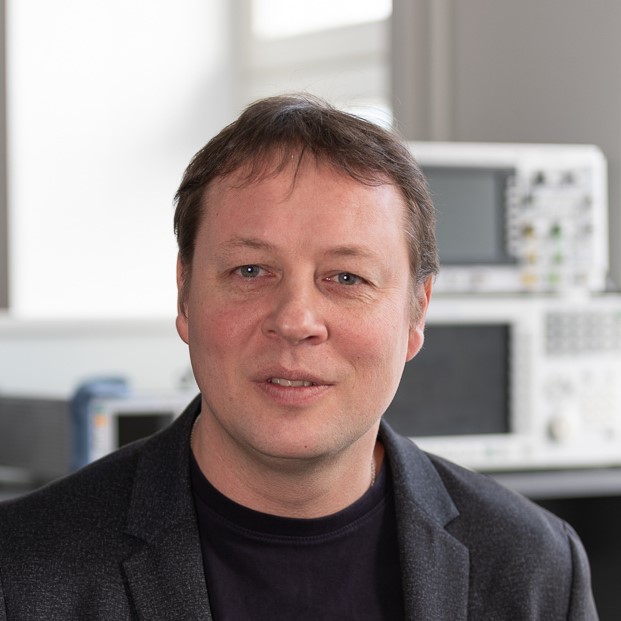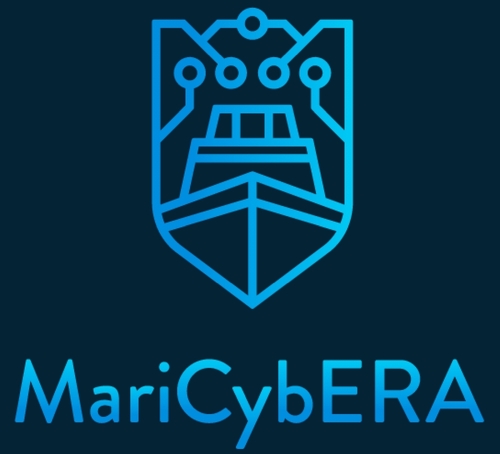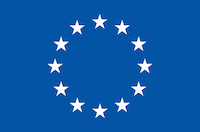
How do you see your role in the Horizon 2020 ERA Chair project?
In the ERA Chair project, I see my role as a guide to choosing a strategic path. Based on previous experience from the previous ERA Chair project COEL, I have an experience to develop something new and in a new way.
The experience as an entrepreneurship consultant in developing different strategies will also benefit my activities here. The highest efficiency and support for Horizon 2020 projects stems from the previous role of coordinator as well as from the two SME projects carried out as partners — SafeMetal and Hermes. Any prior knowledge and knowledge of projects carried out in advance will support the implementation and acquisition of new projects.
Why is Estonia/TalTech the best place for the ERA Chair project in maritime security?
Estonia has a history of cybersecurity excellence. But Estonia has also an even much longer maritime history and is in a strategic location. Estonia is a maritime country and maritime shipping, and the maritime sector has a very long and successful history here. Despite Estonia’s small size, Estonia is able to compete successfully with other Baltic countries as equal to equal. As part of TalTech, the Estonian Maritime Academy is a long-term carrier of maritime expertise and knowledge. Given the fact that TalTech has developed a very strong international cyber security research team in the last decade, working with the NATO Centre for Cyber Defense, it is possible to create a very strong and attractive maritime cyber security centre for maritime safety from the two strong foundations.
What are the main challenges in the project?
The main challenges stem from a multitude of opportunities. Maritime affairs are important for civil as well as for maritime security in general. Potential threats may arise from marine pollution, the activities of neighboring countries in the Baltic Sea (including more distant countries), etc. The greatest challenges arise when we take the first steps, how much and boldly we are taking the development of this area. Do we find support for our vision, from university, state, entrepreneurship and neighboring countries? In order to realize our vision, resources are needed, in particular people and the associated financial resources.
How do you see the future of the Center?
The aim of the new centre is to serve as one door for maritime and safety-related organisations, both public and private. The Centre shall operate on the basis that maritime issues are dealt with through the Centre. Solving each new challenge provides an opportunity for a new experience and at one point the Centre’s knowledge and skills exceed the critical point from which a leading maritime safety competence centre on the Baltic Sea will emerge.
What would be the key experience you take with you from the past to the project?
See things big and then do things even bigger.
Contact: alvar.kurrel@taltech.ee


